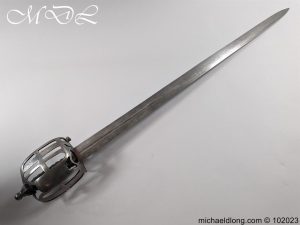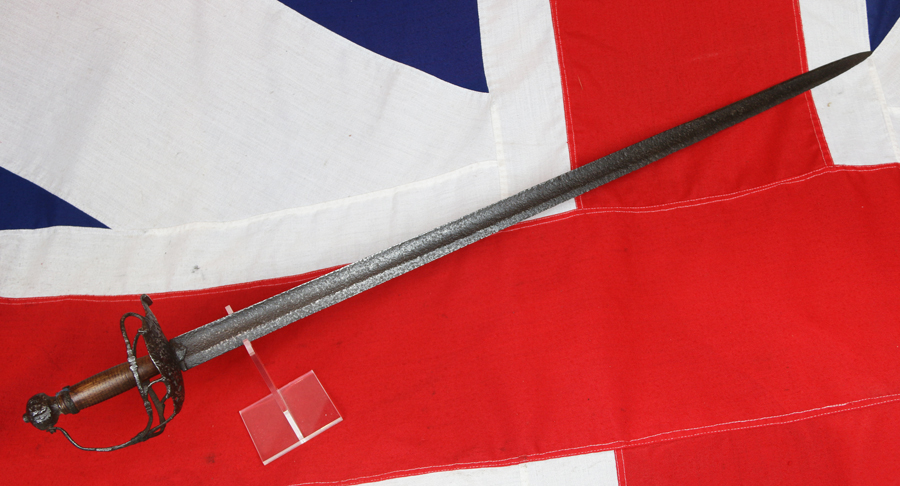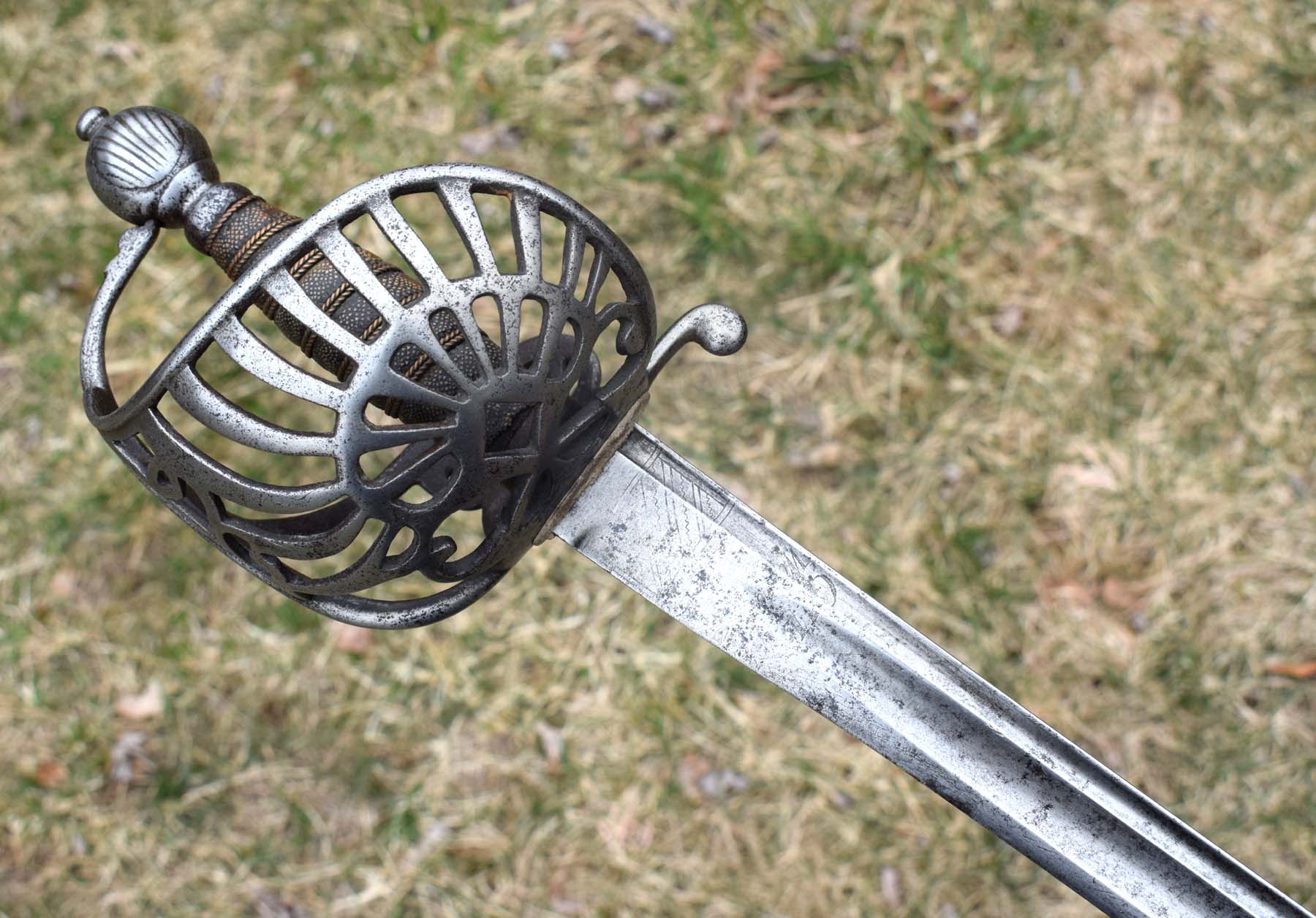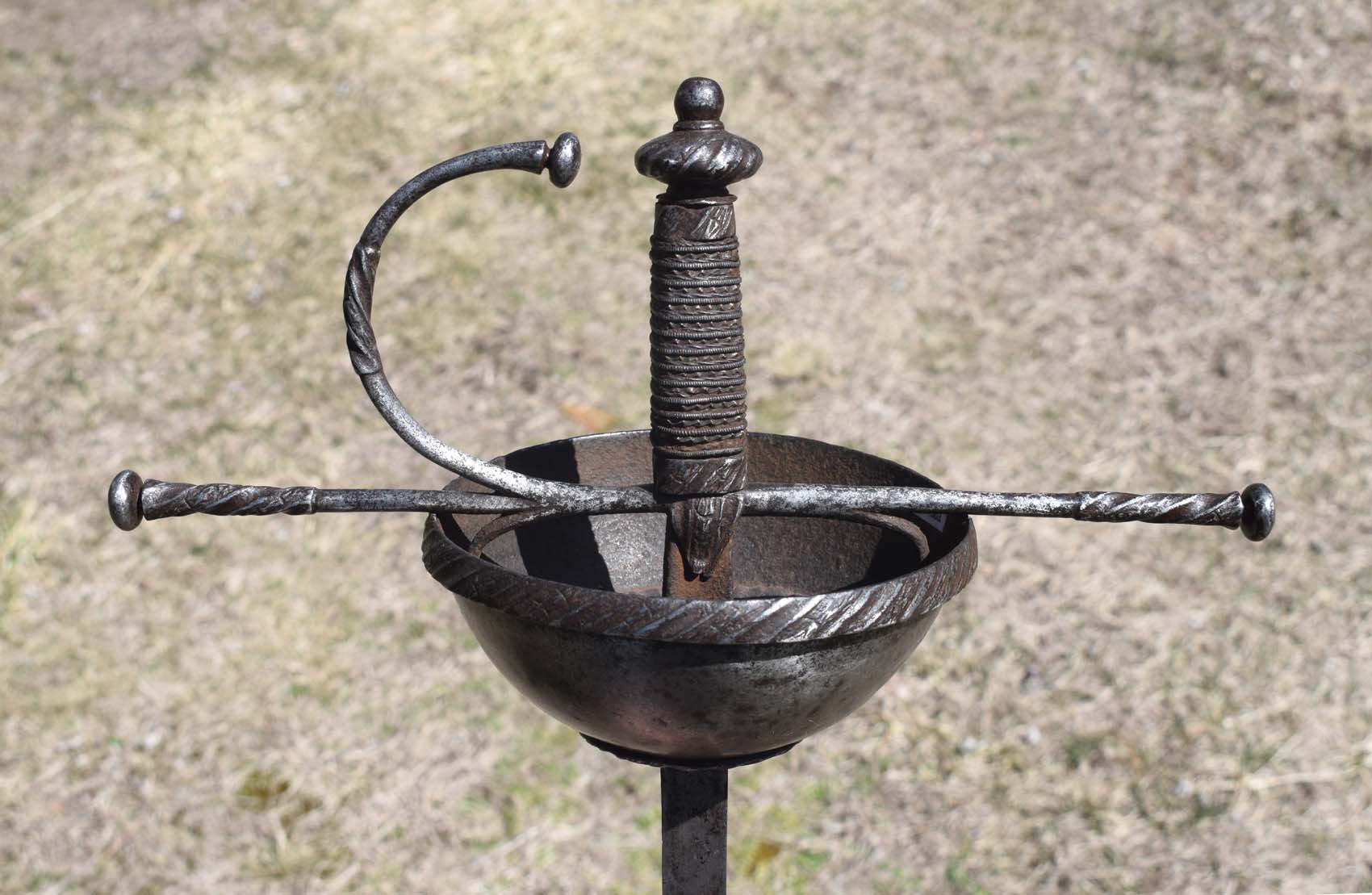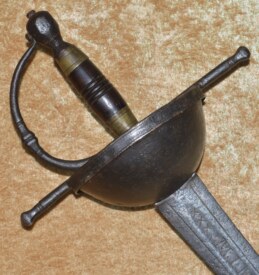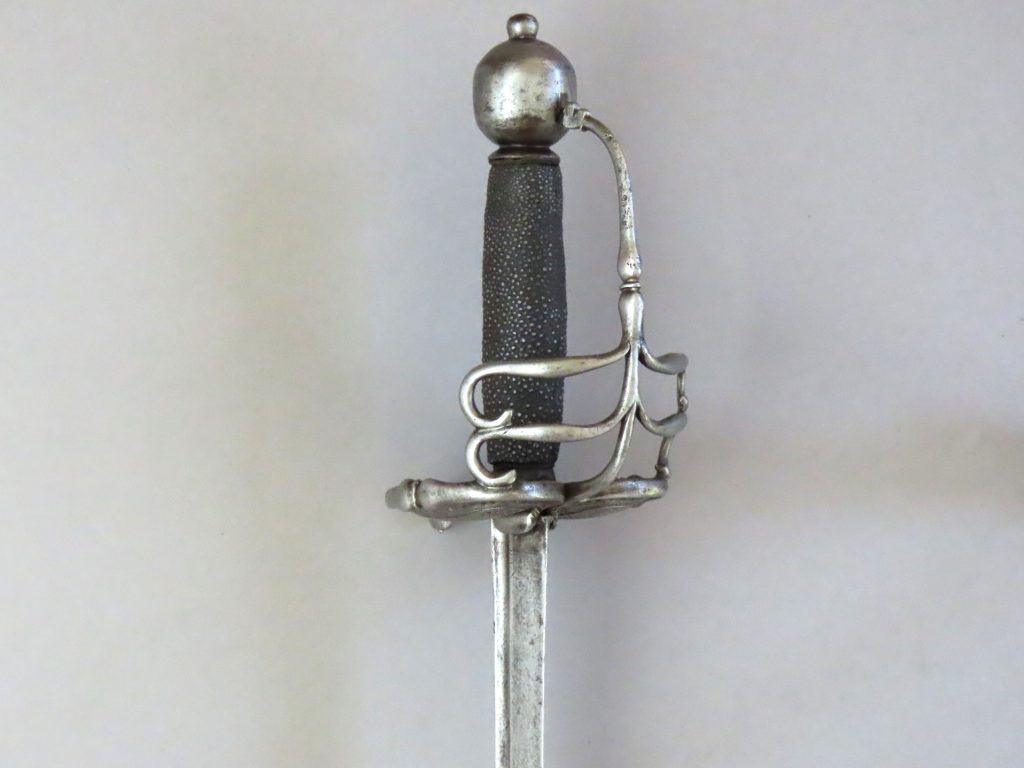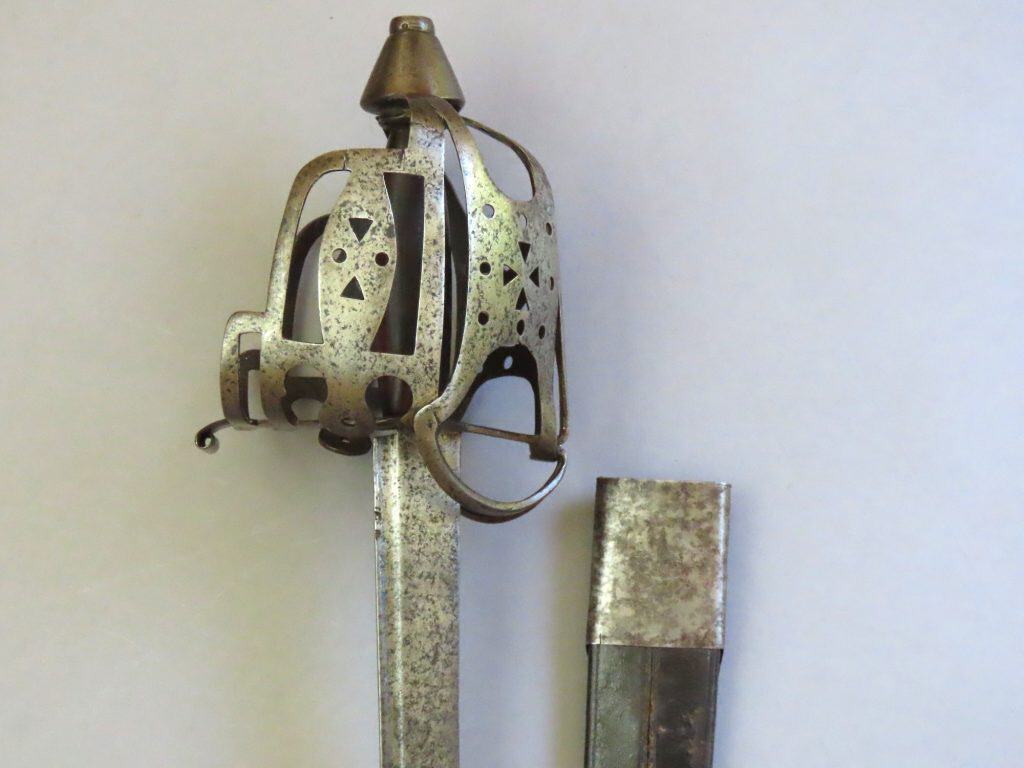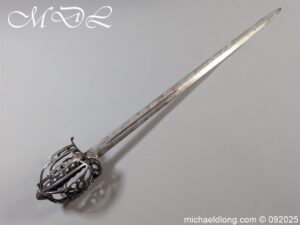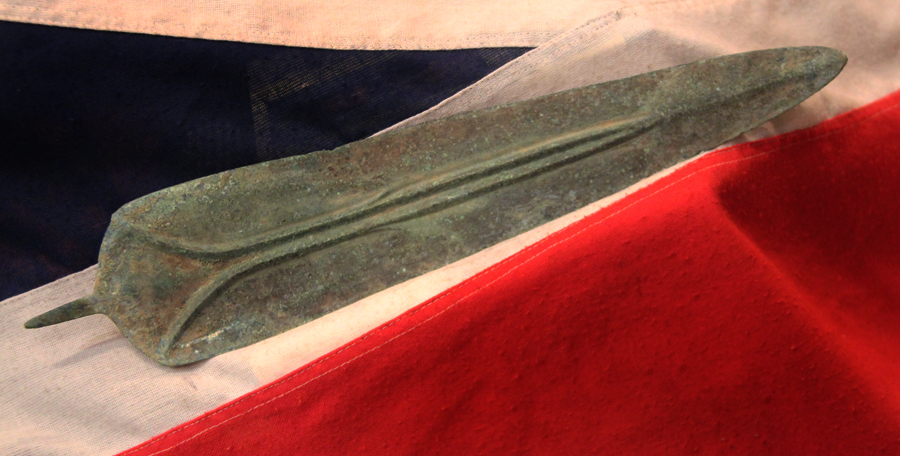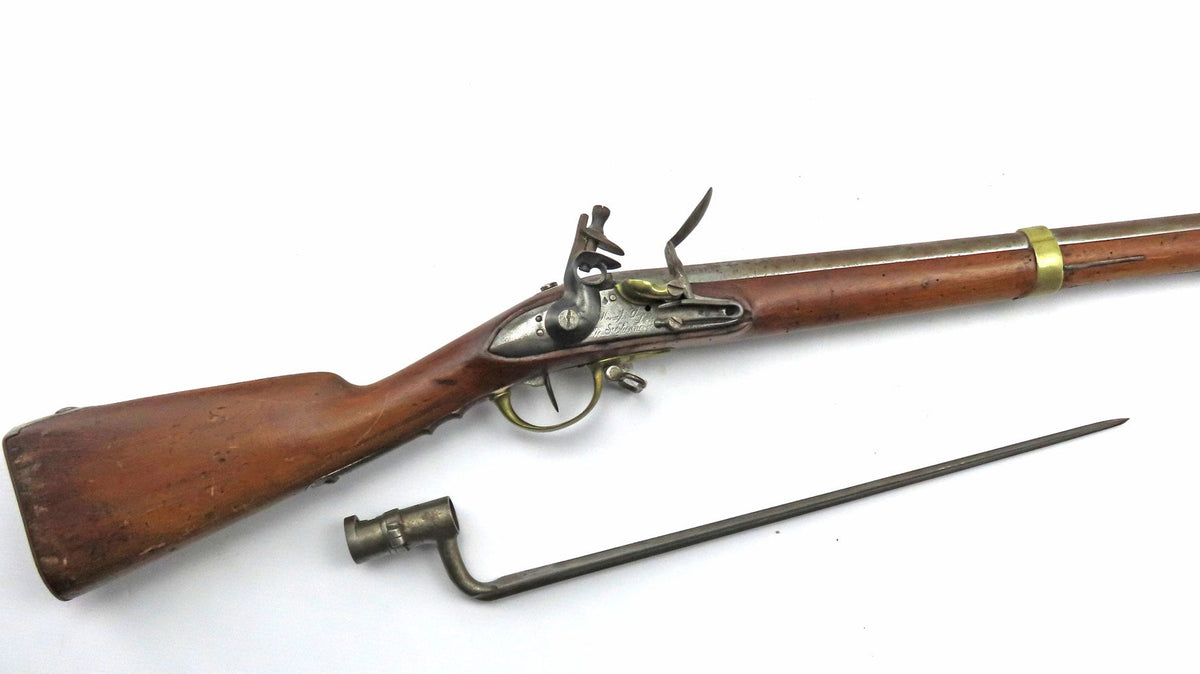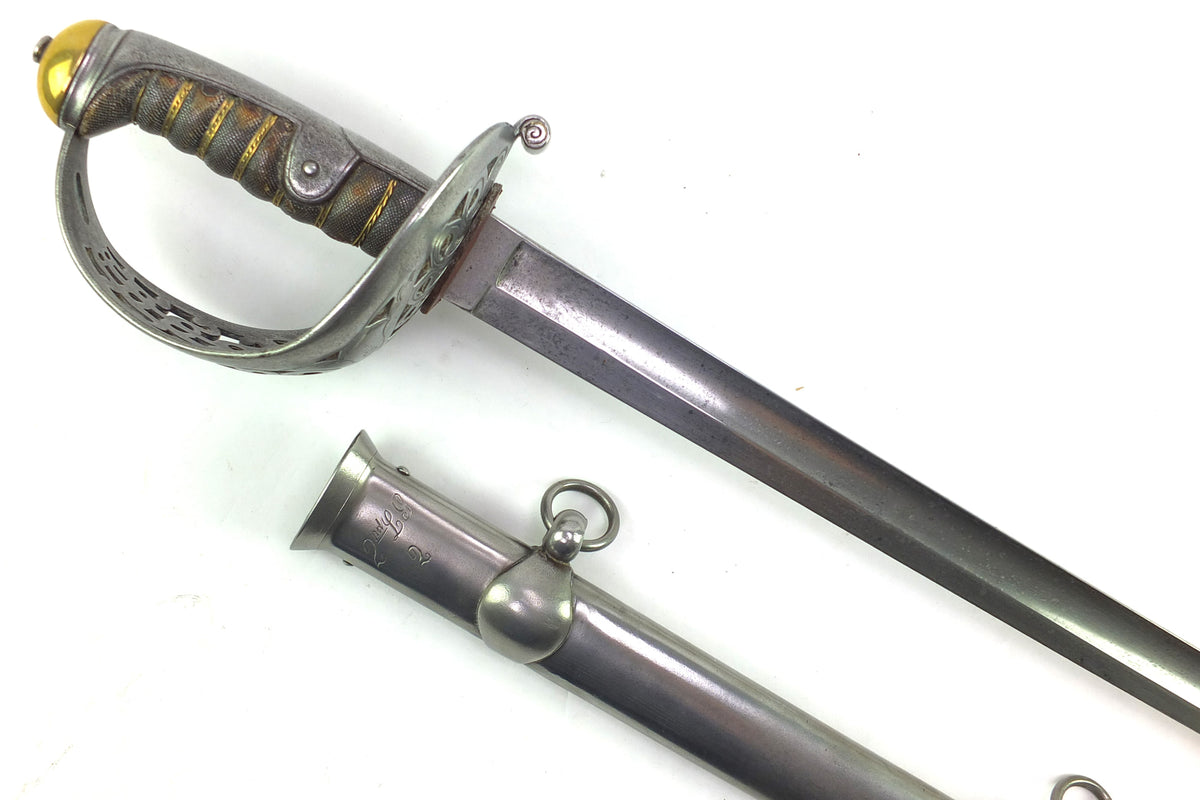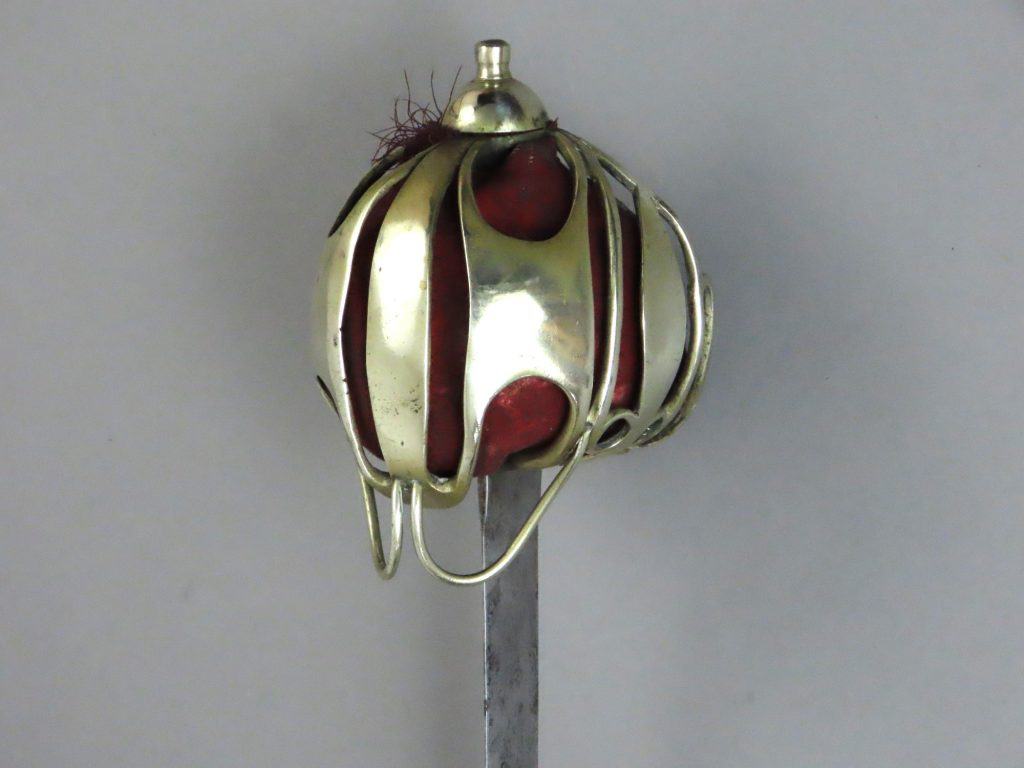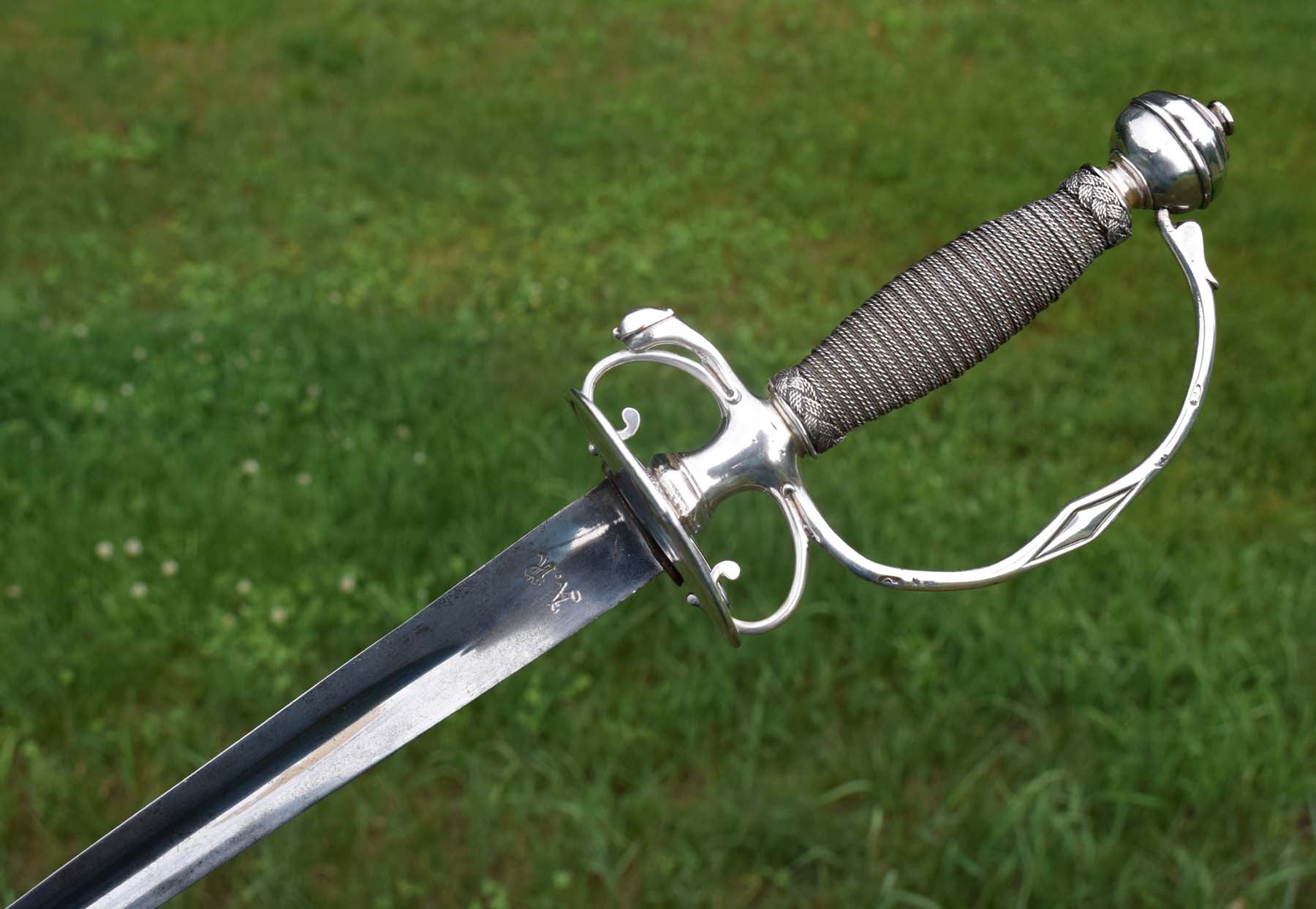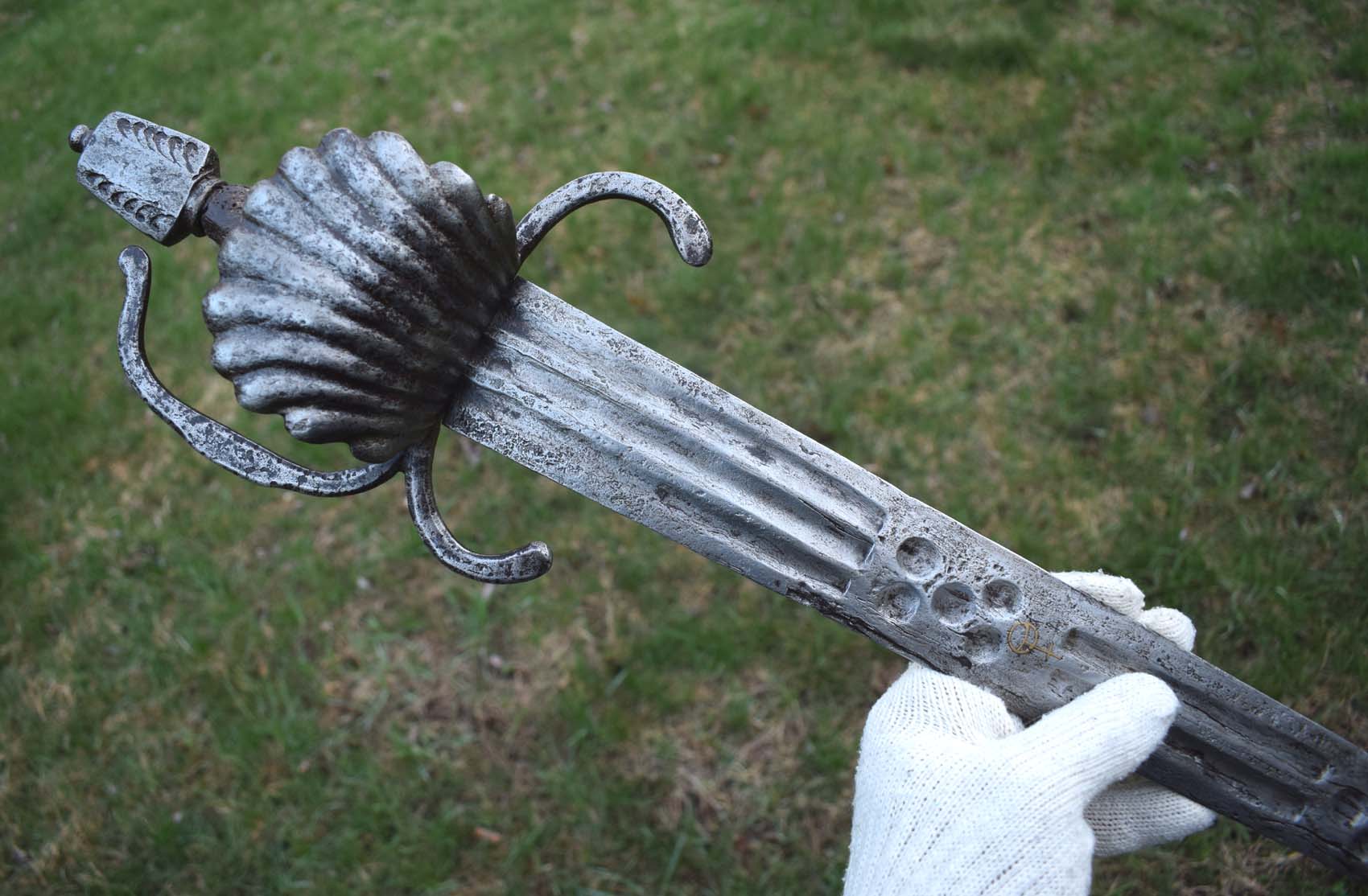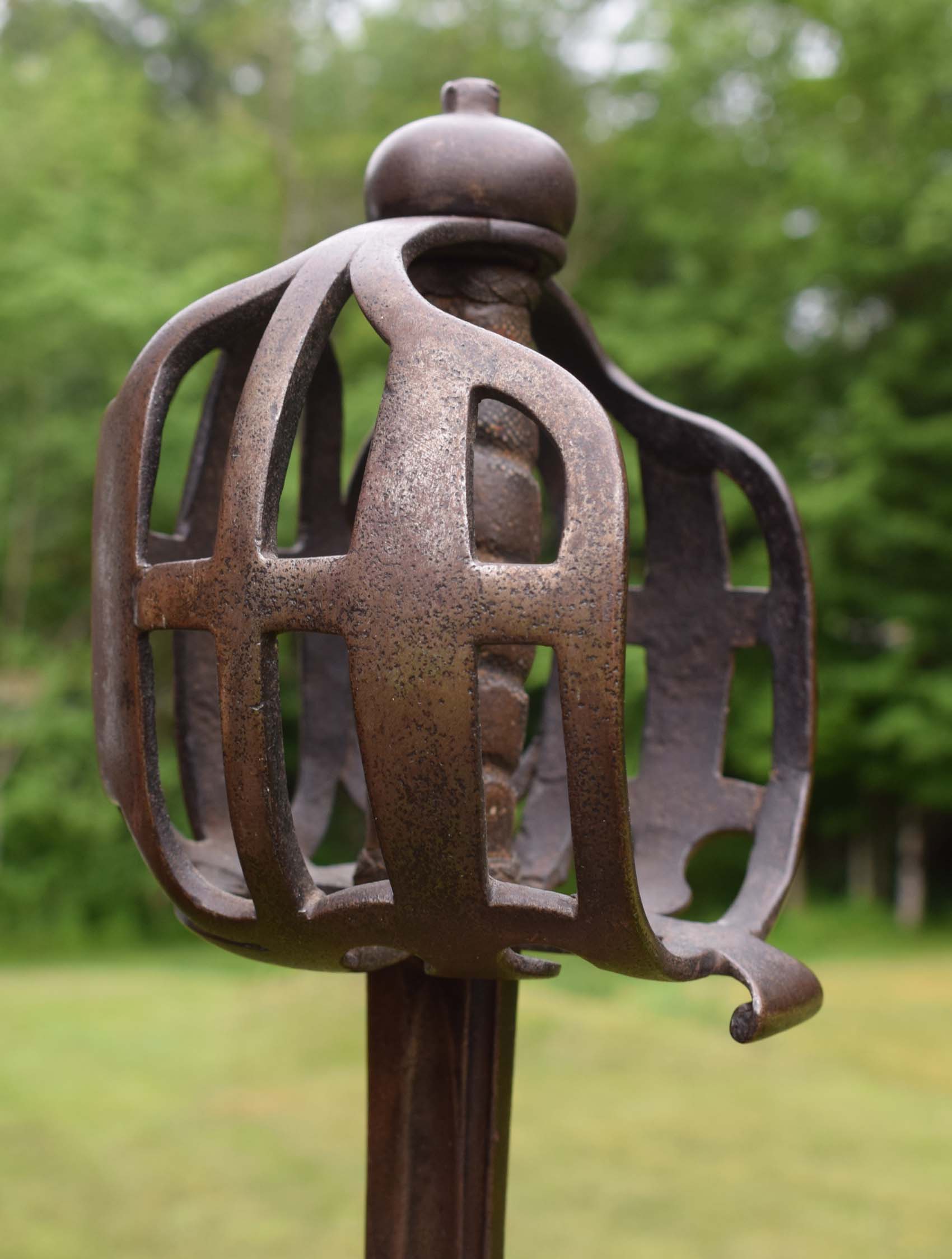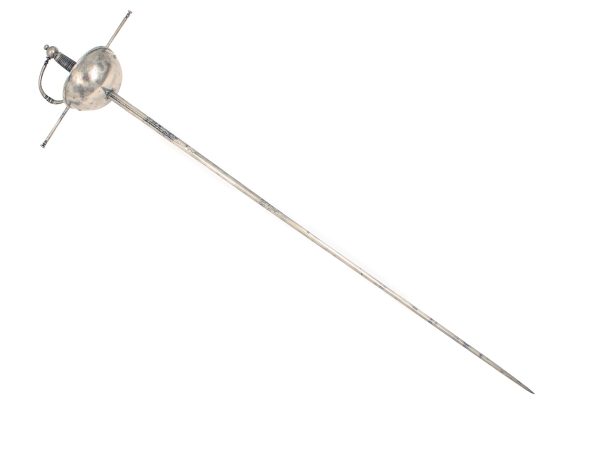For Sale
The following items are listed by for sale by users of the site and dealers. They are in no way endorsed or guaranteed by www.oldswords.com
Add a Classified ItemYou can also receive regular email notifcations when items match your keywords. To recieve them just register or logon at the top right of this page.
- Nation : British
- Local Price : £2,950.00
- Nation : British
- Local Price : £2950
- Nation : Dutch
- Local Price : £2950
- Nation : Spanish
- Local Price : £2950
- Nation : German
- Local Price : $5500.00 CAD
- Nation : British
- Local Price : 3995.00 USD
- Nation : Spanish
- Local Price : 3995.00 USD
- Nation : Portuguese
- Local Price : $2895.00
- Nation : British
- Local Price : £2875
- Nation : British
- Local Price : £2850
- Nation : British
- Local Price : £2850
- Nation : Chinese
- Local Price : £2795
- Nation : Japanese
- Local Price : £2750
- Nation : British
- Local Price : £2,750.00
- Nation : Japanese
- Local Price : £2750
- Nation : British
- Local Price : £2750
- Nation : British
- Local Price : £2750
- Nation : British
- Local Price : £2,695.00
- Nation : German
- Local Price : $2695.00
- Nation : ?
- Local Price : $2695.00
- Nation : -
- Local Price : £2,650.00
- Nation : British
- Local Price : £2,595.00
- Nation : Chinese
- Local Price : £2595
- Nation : British
- Local Price : £2575
- Nation : Chinese
- Local Price : £2575
- Nation : British
- Local Price : £2550
- Nation : British
- Local Price : 3495.00 USD
- Nation : German
- Local Price : 3495.00 USD
- Nation : British
- Local Price : 3495.00 USD
- Nation : Russian
- Local Price : £2,500.00


